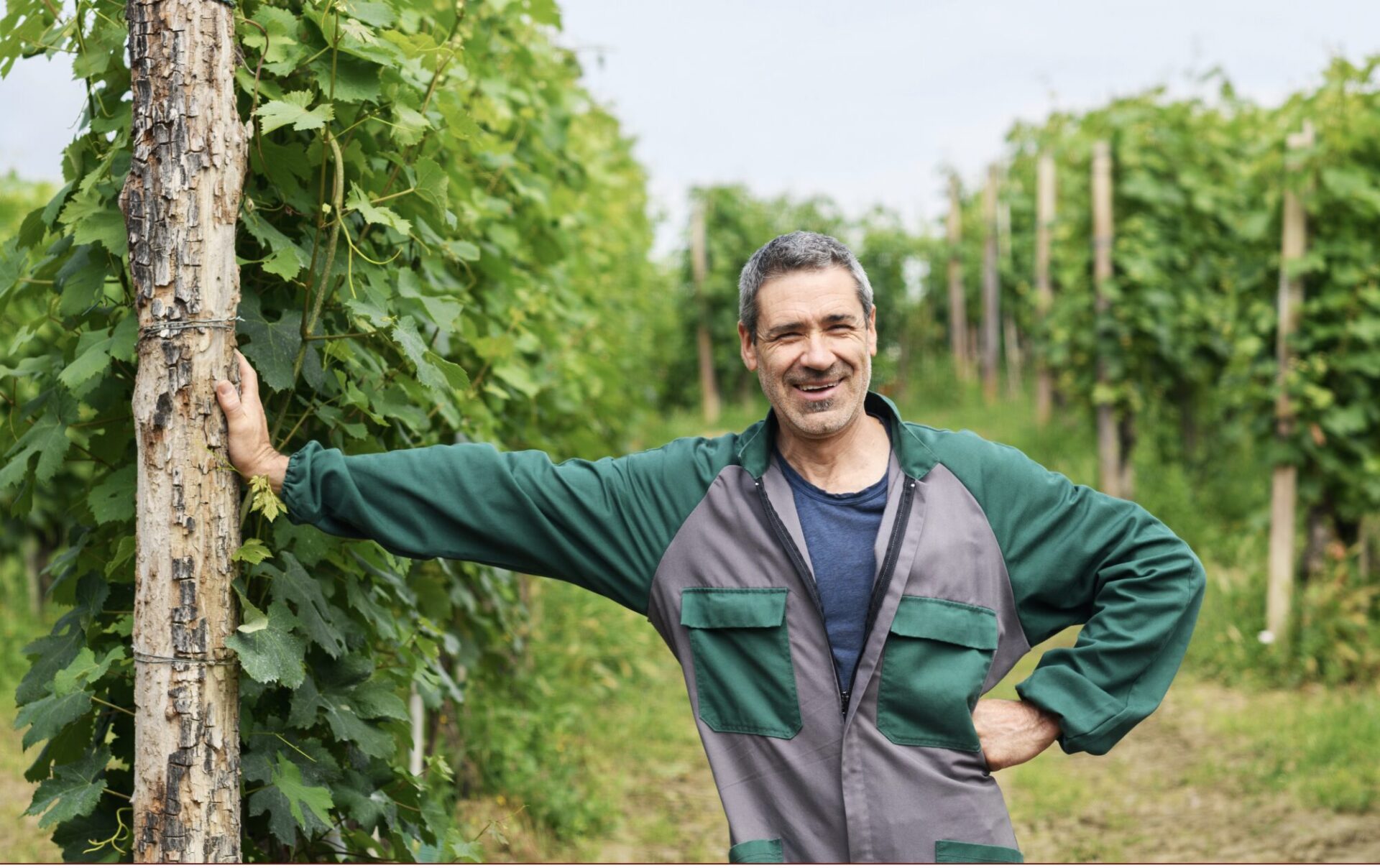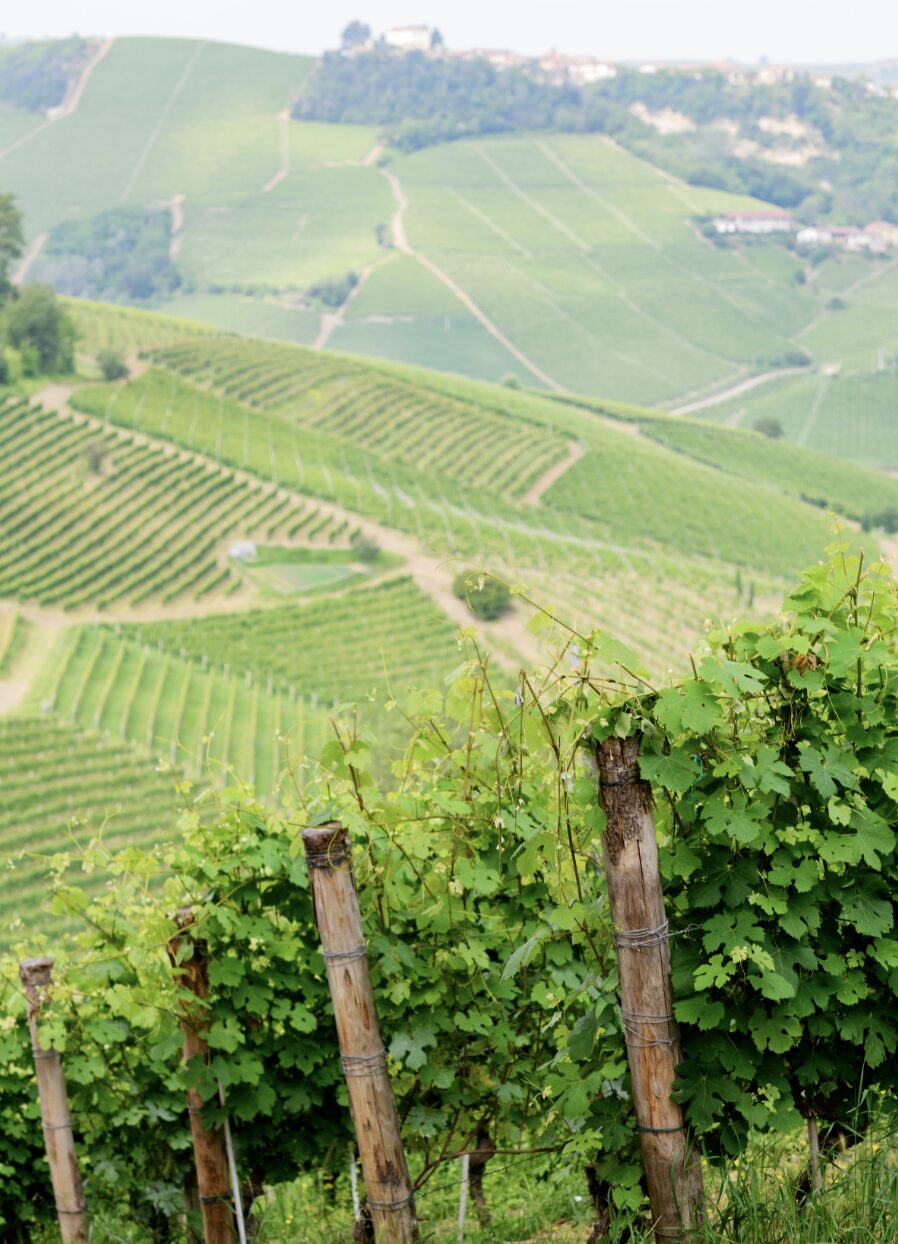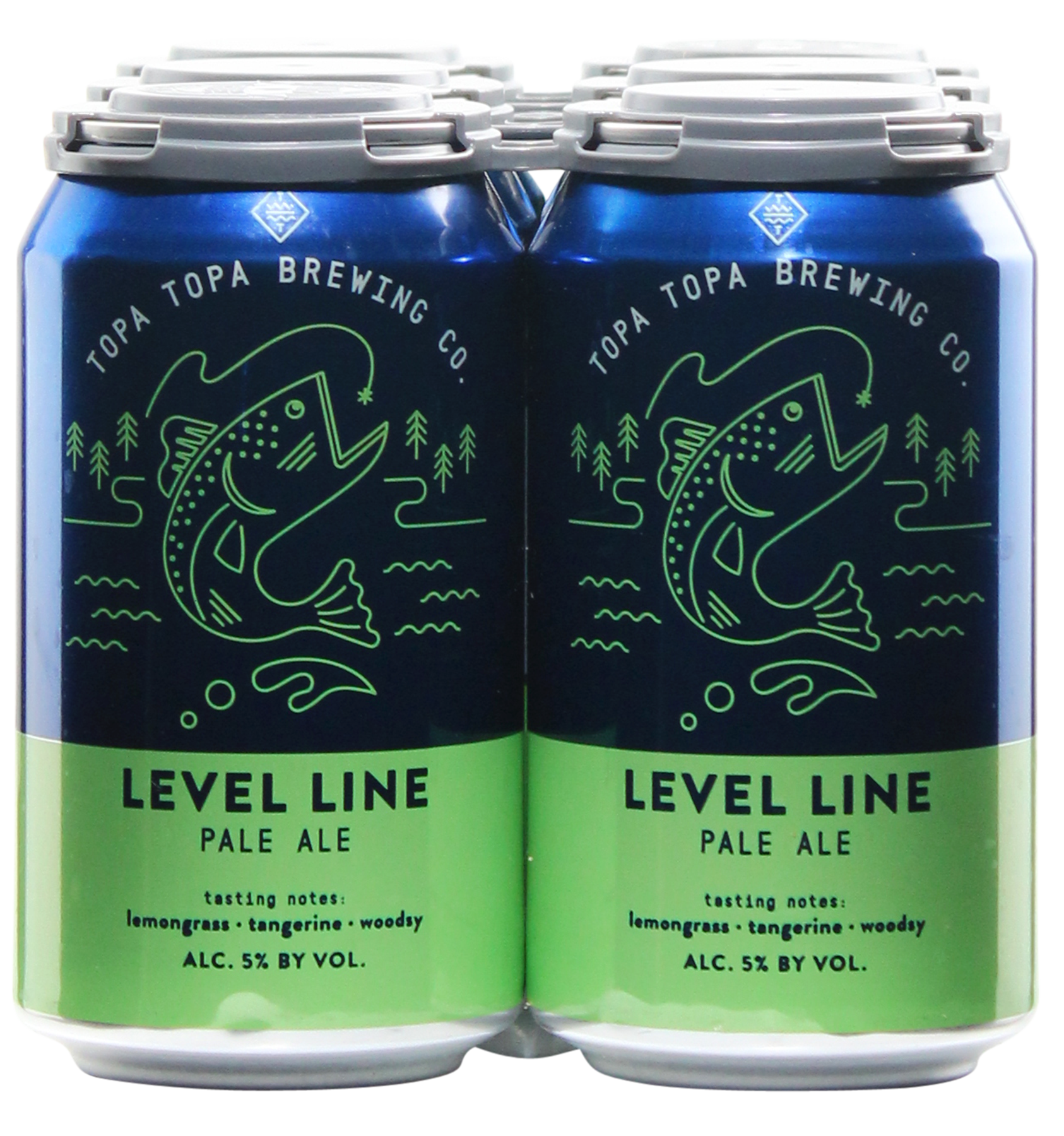2022 Guido Porro Barbera d’Alba “Vigna Santa Caterina”
The 40-year old vines for this Barbera sit in a privileged Barolo site, so there is no shortage of pedigree here. It’s a head-turning everyday pizza wine that makes you feel like you got a good deal. We love those wines. It’s also something you want to have on hand for a dinner party – and if you aren’t having pizza, enjoy it with chicken parmigiana.
Organic farming practices, hand-harvest, family-owned, native yeast fermentation, unfiltered and total production is only 3,750 cases annually (across 7 different wines).
- Tasting Notes bright blackberry, red cherry, currant, rose water, leather, mineral, clove, vanilla, velvety mouthfeel
- Variety Barbera
- Region Italy, Piedmont
- Volume 750ml
- Alcohol Volume 14.5%
- Table Talk If you like Barbera you my want to try Mourvedre next. DNA evidence suggests that Barbera is closely related to the Mourvedre grape of France and Spain. Look for a Spanish Monastrell or a French red from Bandol.
Guido Porro is a family-owned winery located in the heart of Piedmont, Italy, renowned for its dedication to traditional winemaking and the cultivation of native grape varieties. With vineyards nestled in the prestigious region of Serralunga d’Alba, the Porro family has been producing high-quality wines for generations. Their commitment to craftsmanship and respect for terroir shines through in every bottle. Reviews and notes on Guido Porro regularly refer to him as “under the radar”: the wines he makes are worthy of a stellar reputation, but he is too easygoing and unassuming to worry about whether the general wine-drinking public recognizes his name.
Sustainable Practices: Guido Porro embraces sustainable viticulture, aiming to preserve the environment and ensure the longevity of their vineyards. They employ organic farming methods, avoiding synthetic pesticides and herbicides, and focus on maintaining biodiversity in the vineyard. Their sustainable practices include minimal intervention in the winemaking process, allowing the natural characteristics of the grapes to take center stage.
Related Items
-
2021 Dashe Cellars Zinfandel Reserve Dry Creek Valley (half-bottle)
$25.00Deep and expressive, this Zinfandel offers blackberry, cherry, and cassis layered with hints of chocolate and licorice. The velvety palate is balanced by bright acidity, finishing long with supple red fruit—delicious now and structured to age for up to a decade.
Practicing Organic, Native yeast fermentation, Aged 16 months in 25% new French oak puncheons and 75% 1-year or older French oak, 150 cases produced of the half-bottles
-
Topa Topa Level Line Pale Ale 6-Pack
$15.00As you wade in the current, the work week fades to gray. When the line strikes and you begin that delicate dance, there’s no choice but to be in the moment. The refreshing citrus aromas and woodsy notes are like the creek passing through the forest. It’s a West Coast Pale Ale for a West Coast way of life.
-
2010 Casanuova Delle Cerbaie Brunello Di Montalcino Riserva MAGNUM
$325.00This wine comes from the prestigious hill of Montosoli and 2010 is widely regarded as one of the best Brunello vintages, with perfect growing conditions resulting in wines of great structure, depth, and aging potential. It is drinking really beautifully right now. No need to decant, just open 30 minutes before enjoying.
Organic farming practices, hand-harvested and 250 cases produced on average only in exceptional years.
-
NV Loredan Gasparini Prosecco Asolo Superiore Brut
$21.00These grapes come from the legendary “Belvedere Vineyard” in the historic Prosecco Superiore area. The winemaking is precise and the result is a clean Prosecco with no addition of sugar. It’s a tart and refreshing glass of bubbles, sans the sugar hangover.
Organic farming practices, native yeast fermentation, and the winery uses 100% renewable energy.











